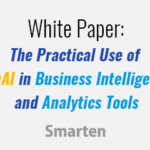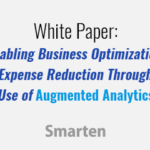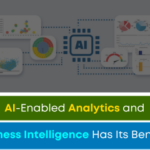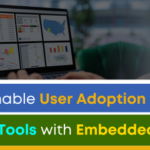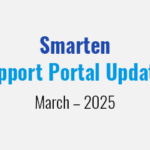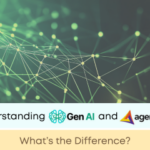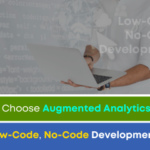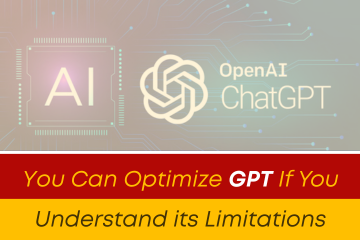
The topic of Artificial Intelligence or AI is ubiquitous. Lately, it seems that every media and news outlet has a story on AI and on ChatGPT. For the average consumer, the world of AI may be foreign and limited to their experience with the newest gadgets and tools. To the technology industry, AI and new market entries like ChatGPT provide a crucial foundation for new products and services.
In this article, we will discuss GPT, its roots and its limitations, in order to provide insight into where this technology is today and how it can be used now to inform and support apps, software products and technology services.
GPT, or Generative Pre-Trained Transformer, is a Large Language Model (LLM). While it has only recently received public attention, this deep learning model architecture was launched more than five years ago by The American Artificial Intelligence Organization (OpenAI), and recent innovations like ChatGPT are based on the latest version of GPT (GPT-4). In this latest version, deep neural networks can support conversational applications for reinforcement and supervised learning. Perhaps the most recognized applications of GPT are used in the Natural Language Programming (NLP) search results provided by Google.
GPT-4 has a capacity of more than 175 billion machine learning parameters, and can support many types of tasks, e.g., answering questions, providing machine translation, summarizing text, time series forecasting, etc.
Because of its impressive potential, GPT has gained in popularity in the research community and in industry to streamline work processes and produce more rapid results and the IT community and its clientele are understandably excited about the potential of this innovation.
But it is crucial to understand the current state of AI and GPT and its limitations. If we are to safely and securely optimize its potential, GPT must be managed as it evolves.
Let’s look at some of the limitations of the current GPT and ChatGPT technology:
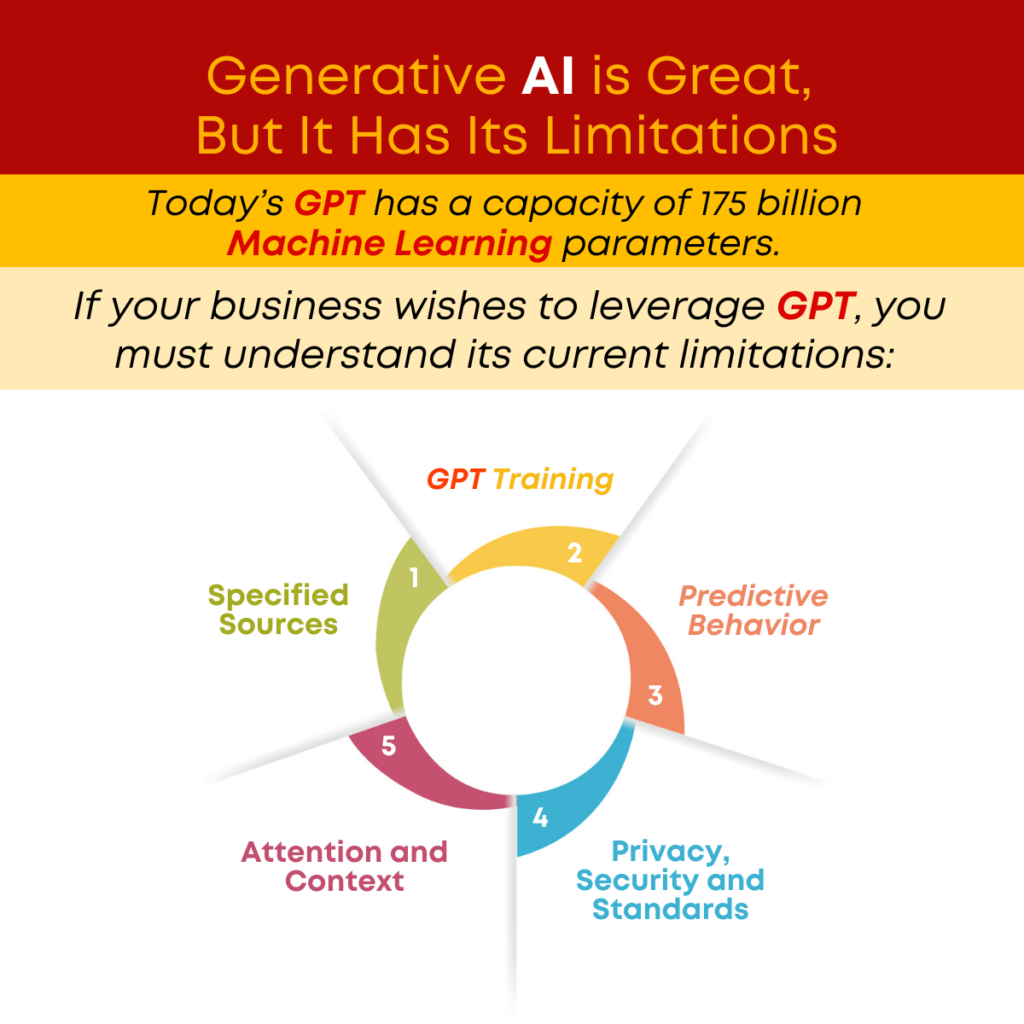
Specified Sources
If an organization wishes to provide a caveat or caution for the information used to calculate or conclude, this technology does not currently have the capacity to cite sources, so those who use the information have no way of knowing how reliable the data or conclusions may be. Conclusions can be drawn from incomplete information, or they might be inconsistent or totally incorrect.
GPT Training
The function of a product like ChatGPT is currently based on a static knowledge base, and that training is not current. Businesses cannot train the system on a specific, unique or industry knowledge base.
Predictive Behavior
Predictions are based on what GPT can glean and gather from the data at its disposal. It is critical for users to understand that the technology has no capacity to understand the complex or underlying concepts that may affect outcomes. GPT is therefore limited in its scope for complex issues where education and experience play a major role. Using GPT to predict something like medical outcomes based on surgical procedures, specific medication, patient underlying conditions etc. will not yield results that are as dependable as those provided by a trained physician. Its analytical and mathematical skills are still in question.
Privacy, Security and Standards
The current GPT environment has not been thoroughly tested and standardized to provide appropriate multi-layered security and privacy and to meet government and industry standards.
Attention and Context
Attention function is limited to a particular length for text strings and will therefore segment text and ‘chunk’ it, causing fragmentation. This fragmentation can and will change context. If a sentence is split, and the context is changed, it can change the meaning and the conclusions drawn by the system. Right now, GPT cannot understand and learn long-distance dependencies, and that negatively affects its capacity to sustain context across sentences and content.
Artificial Intelligence (AI) and GPT have great potential and this technology is rapidly evolving. But if your business wishes to leverage this potential today, it is crucial that your team understands the capabilities and limitations of the technology. With the right IT consulting partner, you can work with GPT in its current state to support your Digital Transformation (Dx) Strategy, and plan for the long-term as AI and GPT evolve. Contact Us to find out more.
Original Post : Generative AI is Great, But It Has Its Limitations!



